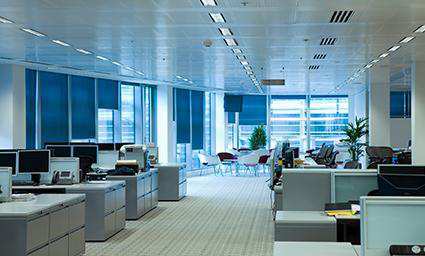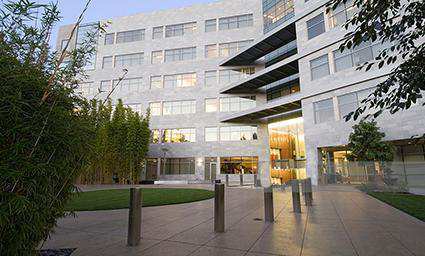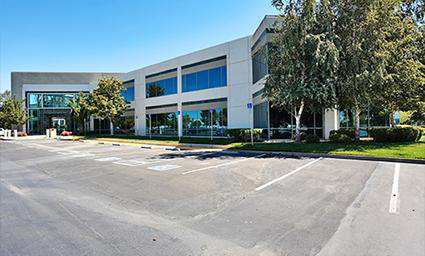
Pests that infest offices may upset employees and compromise health safety along with integrity of assets, such as electronic equipment, hard copy archives, etc. Although many offices look clean and don’t show any visible signs of pest infestation, the reality behind the scenes could be very different. A truly clean working environment is amongst others necessary, as it projects a positive image for the company its clients and partners.
With Defon's Integrated Pest Management (IPM) system, the balanced combination of physical and chemical measures plays a dominant role whilst focusing on prevention. This is designed with safety of employees the main priority along with efficiency in mind. Defon’s team takes pride in working professionally, meticulously, courteously and discretely to achieve the desired results.

Many people consider offices as their second home due to the number of hours worked there each day. Pests may upset employees, affecting their health and well-being. They may also cause damage to the electrical equipment (computers, cables etc.), to hard copy archives (files, books, etc.), up to building structures.
Although many offices look clean and don’t show any visible signs of pest infestation, the reality behind the scenes could be very different. A truly clean working environment is amongst others necessary, as it projects a positive image for the company its clients and partners.
Reasons to control pest infestations
Some of the most important reasons to control pest infestations in offices include:
- Protecting the health of any person there that could be at risk in a pest-infested environment, by:
- preventing direct transmission of diseases from pests to humans, e.g.
- murine typhus caused by Rickettsia typhi bacterium, transmitted via flea bite.
- preventing indirect transmission of diseases from pests to humans caused through contamination of water and/or food and/or surfaces with pathogens, e.g.
- food poisoning caused through transmission of E-coli bacteria via flies, cockroaches etc.
- Preventing structural and property damage, e.g.
- rodents may gnaw at electrical installations causing short circuits and even fire.
- Protecting any person there from the distress caused by pest presence.
- Avoiding embarrassment caused when clients or visitors perceive the presence of pests and safeguarding integrity and dignity.
Pests relevant to this sector
Pests that are frequently detected and cause major problems in this sector are listed below. For additional information refer to section: Pest library.
Rodents (mice, rats)
Cockroaches
Flies
Mosquitoes
Midges
Booklice and Silverfish
Dust mites
Termites and other Wood-boring insects
Ants
Birds
The solution offered by Defon
Defon, based on years of experience, addresses the above issues by implementing its Integrated Pest Management (IPM) s system which is adapted to the specifics of offices. The following is a general description of this system’s methodology, detailing some characteristic examples.
-
Site survey which focuses on:
- Entry points for pests such as:
- open doors and windows.
- inadequate proofing, e.g.
- faulty proofing around water and air conditioning pipes, door sills, etc.
- Hygiene standards, such as cleaning methods and schedules.
- Food preparation, serving and storage areas such as kitchens, canteens, dining rooms, food stores, etc. For additional information on this topic refer to Restaurant, Catering and Food industry sector.
- Working rooms such as offices, meeting rooms, etc.
- Public areas such as reception areas, staircases and toilets.
- Server and control rooms.
- Areas that offer shelter such as inadequate storage of hard copy archives, old equipment, books, etc.
- Engine rooms.
- Difficult areas to access, such as false ceilings and floors, where pests could remain undetected until it’s too late.
- Surrounding areas, such as garbage disposal, gardens, garages, etc.
-
Development and implementation of the Action plan.
Here, emphasis is placed on physical preventative measures such as good hygiene standards and blocking pest access by proofing the facilities. Emphasis is also given to the use of physical suppressive control methods, however, the use of chemical preventative measures and suppressive chemical control methods is sometimes necessary in certain situations. These are designed and applied with safety of employees the main priority along with efficiency in mind.
-
Service report submitted within the Report folder.
For ongoing protection and detection of infestations from the start, it is proper for pest control contracts to include frequent supervision rather than solely treatments.
In certain circumstances, where necessary and possible, specialized Fumigation services can be carried out, amongst others. These treatments are offered on several occasions, for: hard copy archives, books, artefacts, furniture to entire premises, etc.
As part of Defon’s Integrated Pest Management (IPM) system, if requested, support can be offered through Consultation Services with education and training regarding prevention of pest problems and best hygiene practices.
Offices may already be stressful environments for employees and it is important that additional stresses arising from the presence of pests are avoided. When chemical formulations are applied, these are approved and safe for human environments. Therefore, they should not be considered as an additional threat. Defon addresses any potential concerns and its scientists are always available to solve any relevant
questions their customers might have. They can also inform them about the safety measures that are taken during treatments. Defon’s team takes pride in working professionally, meticulously, courteously and discretely to achieve the desired results, whilst keeping health, safety and the environment in mind.
